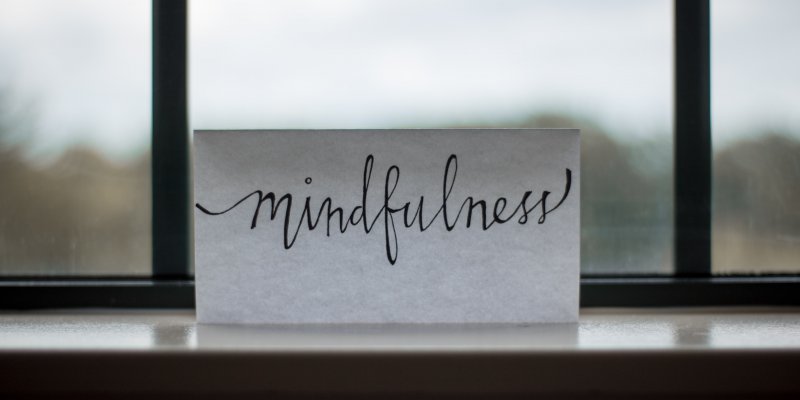Practical Tips for Emotion Regulation
We all struggle with painful emotions sometimes. It can be hard to know what to do to cope. We may try to ignore, avoid, argue, or try to make these feelings go away altogether. These efforts often leave us feeling worse.
I would like to offer you some simple and practical tools you can use outside of therapy to help come to terms with and manage intense feelings. These are called emotion regulation strategies. These strategies are offered as general wellness tools and are not a substitute for personalized psychological care

Deep breathing
This is a skill you can use anywhere and at any time to help calm down. It forms the basis for self-soothing and meditation.
Interview excerpt, The Natasha Hall Show, CJAD 800

Grounding
These techniques help you move through distress by bringing your attention to the present moment, usually by stimulating your five senses.
Interview excerpt, The Natasha Hall Show, CJAD 800

Journaling
This is a fantastic strategy to help process and get through difficult feelings and times in your life. I recommend it to all my clients!
Interview excerpt, The Natasha Hall Show, CJAD 800

Progressive muscle relaxation
We often hold tension in our bodies when we are feeling stressed, anxious, or angry. Progressive muscle relaxation helps us to calm down and release that tension by progressively tensing and relaxing each muscle group in our bodies, from head to toes. This is a great strategy to use for moments of high anxiety and for difficulties falling asleep.
For adultsFor children

Movement
Emotions are designed to get our bodies ready to take action. They each have an energy to them, which we call an action potential. We can help release that energy and feel better by increasing movement (e.g., exercise, walks, push-ups, dance) and by actively doing things to address our concerns.
Interview excerpt, The Natasha Hall Show, CJAD 800

Mindfulness
We all have painful thoughts. These may be about the past ("I can't believe that happened! I wish I had just ..."), about the future ("What if something terrible happens"), and judgments ("This sucks. I wish things were different"). Mindfulness comes from the observation that, although normal, these types of thoughts are often unhelpful and just make us feel worse.
To help with this, in mindfulness, we practice non-judgmentally noticing these thoughts and gently redirecting our attention to the present moment, with interest and curiosity. This does not erase these painful thoughts, but rather helps us not to take them so seriously.

Guesthouse meditation
Meditation is an excellent tool to help navigate uncertain, stressful times. There are many different meditation exercises out there. This one is my personal favourite! It helps us to become more aware and tolerant of difficult feelings as they arise. It is based on a classic poem by Rumi.
Find a comfortable spot, where you will not be disturbed for about 10 minutes. Sit up or lie down with your back reasonably straight, and your palms facing up. Take a few nice deep breaths, in through your nose and out through your mouth. Once you feel settled, imagine your ideal guesthouse. Somewhere safe, beautiful, airy, and comfortable. Mine is a spacious log cabin in the woods, with big bright windows and a nice warm fire burning in the fireplace. Others have imagined their guesthouse on the beach, with the sounds of the ocean waves coming through the windows. As you imagine your guesthouse, keep taking nice deep breaths, in through your nose, out through your mouth.
Now, imagine yourself walking to the door of your guest house and opening it. Notice which emotion you feel at that moment and picture a personified version of that emotion standing at the door. Imagine yourself smiling and graciously inviting that emotion in, even if it is stress, anxiety, comfort, irritability, or shame. Invite that emotion to sit somewhere comfortable in your guesthouse, such as on a cozy cushion by the fireplace. You are not trying to change that emotion, avoid it, or fight it -- but rather, just to make it comfortable, as you would any guest in your home.
Once that emotion seems settled, imagine yourself going back to the door. Open it and notice which new emotion has arrived. Smile and welcome it in. Find a cozy place for that emotion to rest, perhaps on a big comfortable couch with a soft blanket.
Keep repeating this exercise until about 10 minutes have passed.
Painful emotions are part of being alive and are not there to hurt us. When we try to fight or avoid experiencing completely natural painful feelings, it is like having a bouncer at the guesthouse door and bars on the windows. This just leaves our booted emotions feeling worse, and does not make for a very welcoming place for more pleasant and comforting feelings to enter.

Scheduling
Most of thrive on routine. Developing a reasonable daily schedule can be deeply soothing and grounding in stressful and uncertain times. The schedule should be balanced – this means not just chores and work, but also fun, meaningful, and social time. For kids, it helps to give them some control and input in developing their schedule – we usually feel better when we have some control over our lives!
Updated